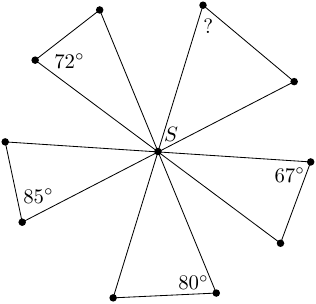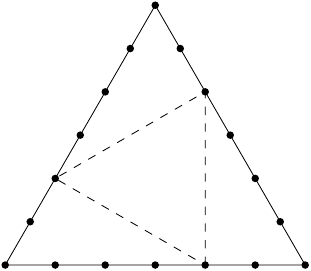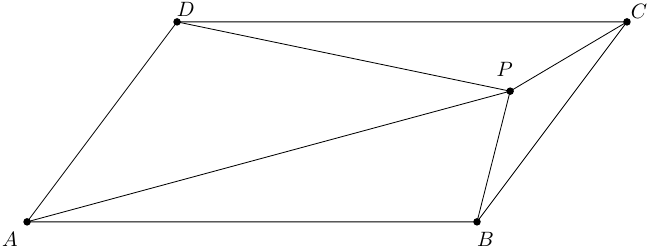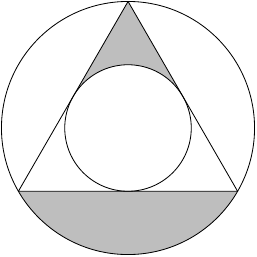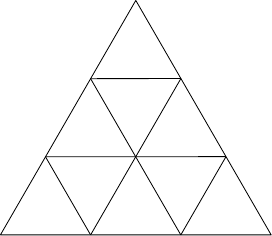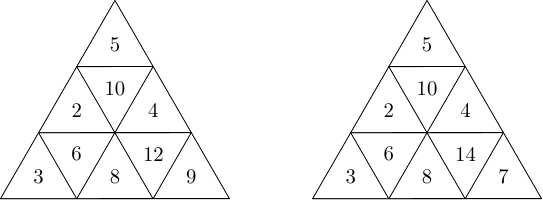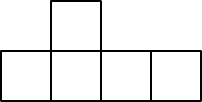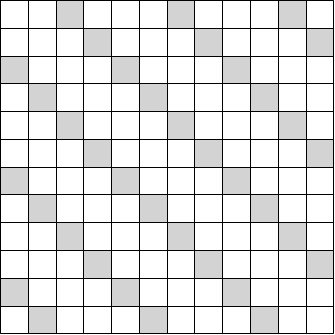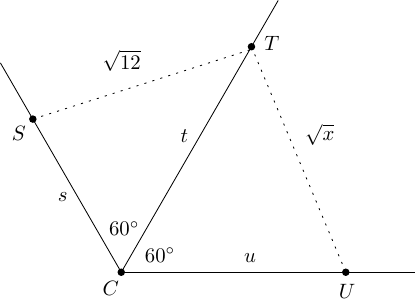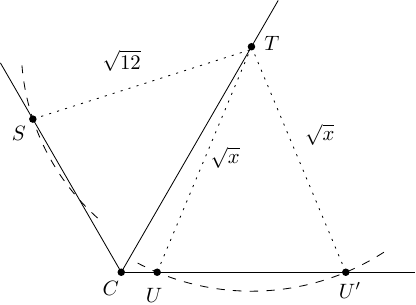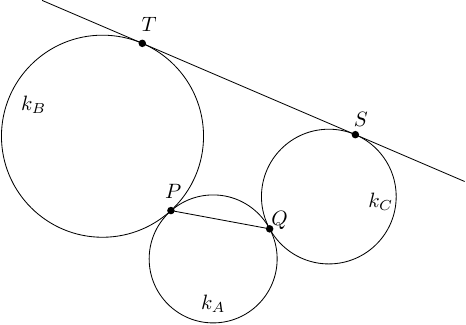Answer:
Consider the polynomial
and notice that all its nonzero coefficients are positive. We claim that these are exactly the ones corresponding to the powers for between the minimum possible one, i.e. , and the maximum possible one, i.e.
except for exactly the two numbers and . When we imagine the product of the factors defining expanded, it is clear that there will be no linear terms and it is also easy to see that the same holds for : if we choose the power of from every bracket, we obtain , otherwise the exponent is at most .
Now we prove that every other exponent from the range above is present with a positive coefficient or, equivalently, that the smallest number larger than that cannot be written as a sum of a subset of equals . We claim that
for some . Indeed, clearly and hence it must be possible to write as a sum of some subset of . Moreover, for every subset different from we can just increase one of the numbers in the sum by and obtain a valid representation of . Moreover, as otherwise
is a way to express . Hence .
Therefore has positive coefficients at even powers of and positive coefficients at odd powers of . The original polynomial has the signs at the odd coefficients flipped, and hence it has exactly positive coefficients.

